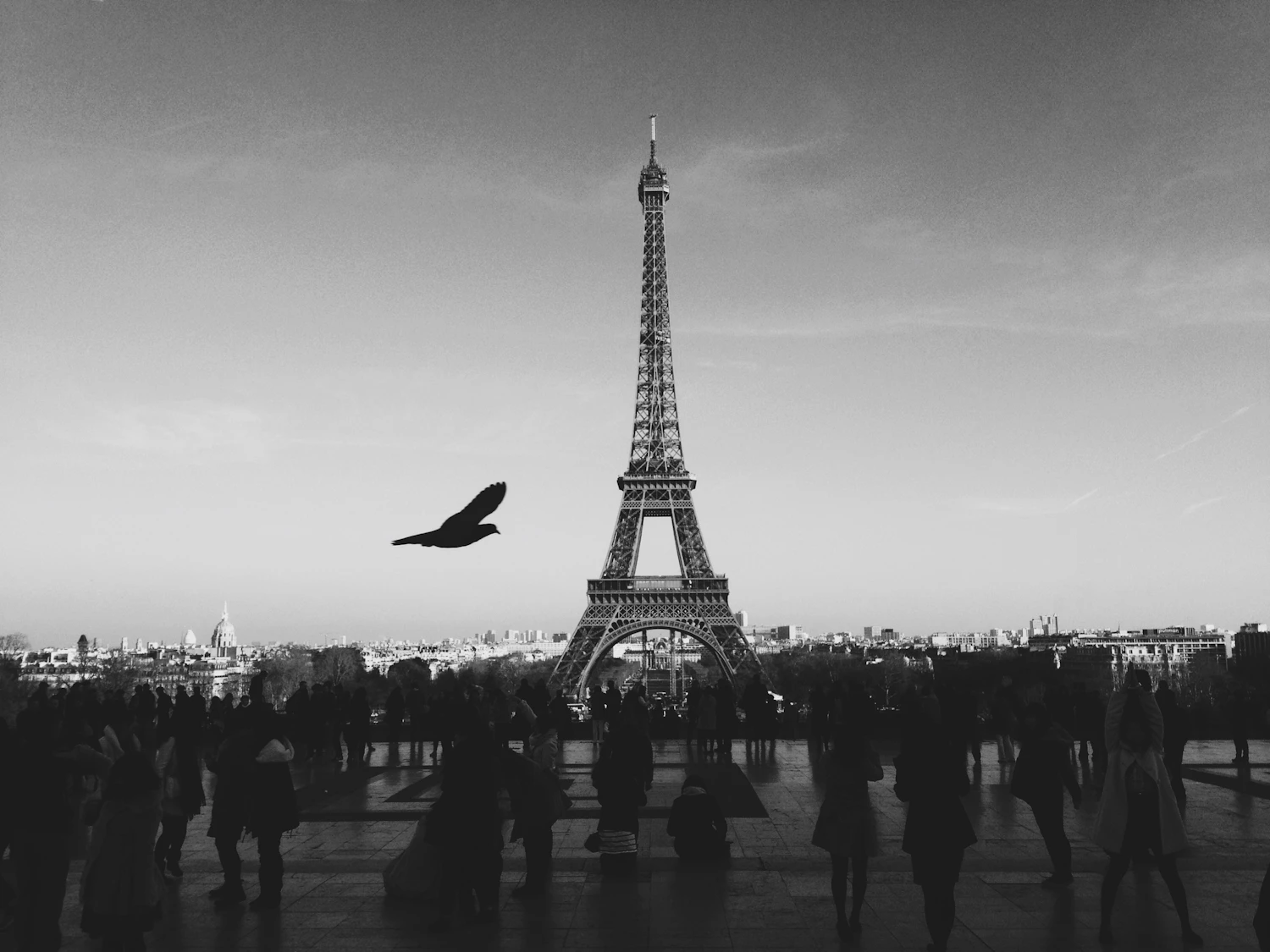12.19FRI
Relay Column: Mode as a "Way of Life" (Junko Nimura)

PROFILE
.JPG?w=400&fm=webp)
Junko Nimura
Ph.D. (Academic). Associate Professor at Shirayuri Women's University, Faculty of Literature. Research areas include comparative cultural studies, art studies, and French-speaking regions. Major works include "ベトナム近代美術史:フランス支配下の半世紀" (Hara Shobo, Winner of the 20th Kimura Shigenobu Award from the Ethnic Art Society and the First UTokyo Jiritsu Award), "常玉 SANYU 1895-1966 モンパルナスの華人画家" (Akishobo), "クスクスの謎" (Heibonsha), and "フレンチ上海," among others. Translations include Agnès Giard's "Erotic Japon" (Kawade Shobo Shinsha) and others.
Tell Me What You Usually Wear. I Will Guess What Kind of Person You Are.
The above words are a twist on the famous saying by the 19th-century French historian Augustin Challamel, referencing the gourmet Brillat-Savarin. Challamel believed that "the essence of what is French is most prominent in the trends of women's clothing," and compiled the history of French clothing, "Histoire de la mode en France." He was a pioneering figure in the Annales School in that he posited that the truth lies not in chronicles of great men or royal families but in the culture of everyday human life.In his writings, Challamel questions what mode is: "capricious and has an irresistible force." What is mode? This is not a question Challamel alone raises. Many have pondered the significance of mode before him, he states. "Mode is pursued not just by lunatics but even by sages," he notes, adding that "the wise never leap at mode first, but they also do not cling to it until the end." There are numerous famous quotes about this.
This article is for members only.
Please register to read the rest of the article.
What you can do with a membership
- Read members-only articles
and use text-to-speech. - Unlimited article favourites
and browsing history. - Attend members-only events.
- Get the latest information
with our email newsletter.
RELATED ARTICLES
CONCEPT VIDEO
"fashion tech news" Unveils New Logo & Concept Video
CONTACT
If you have any questions or enquiries, please enter your details in the form below.








.jpg?w=400&fm=webp)

.jpeg?w=400&fm=webp)







.png?w=400&fm=webp)


